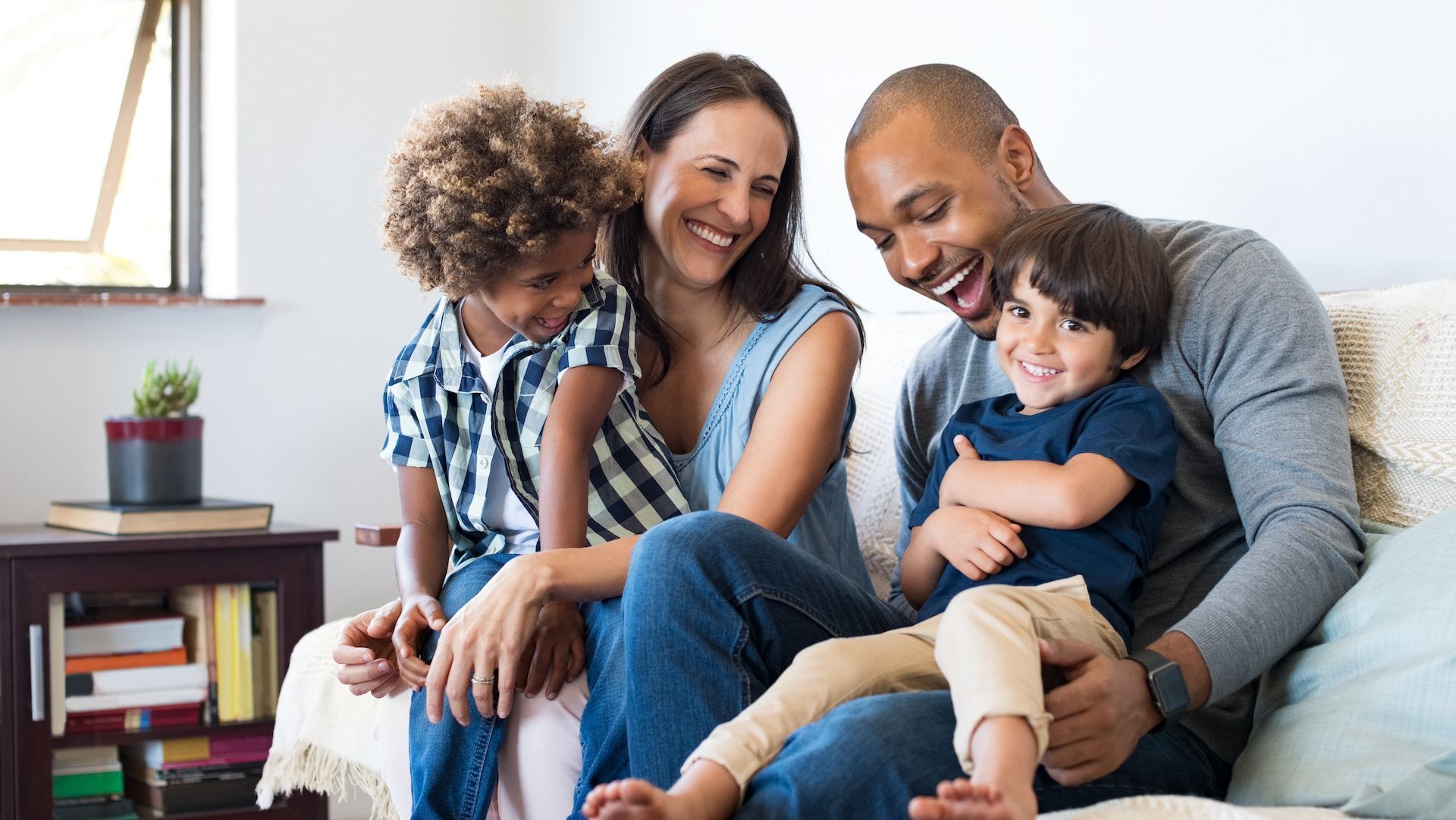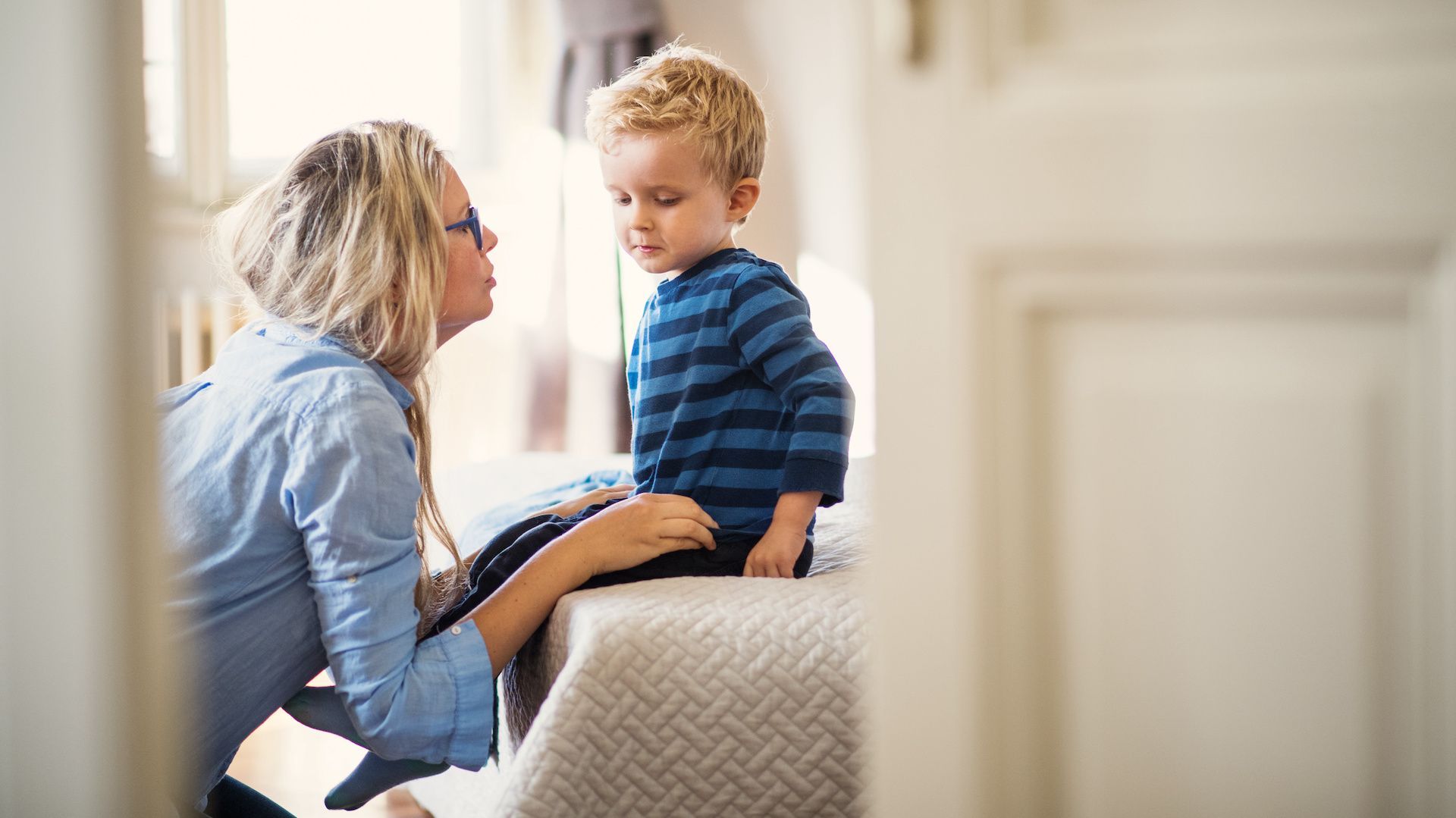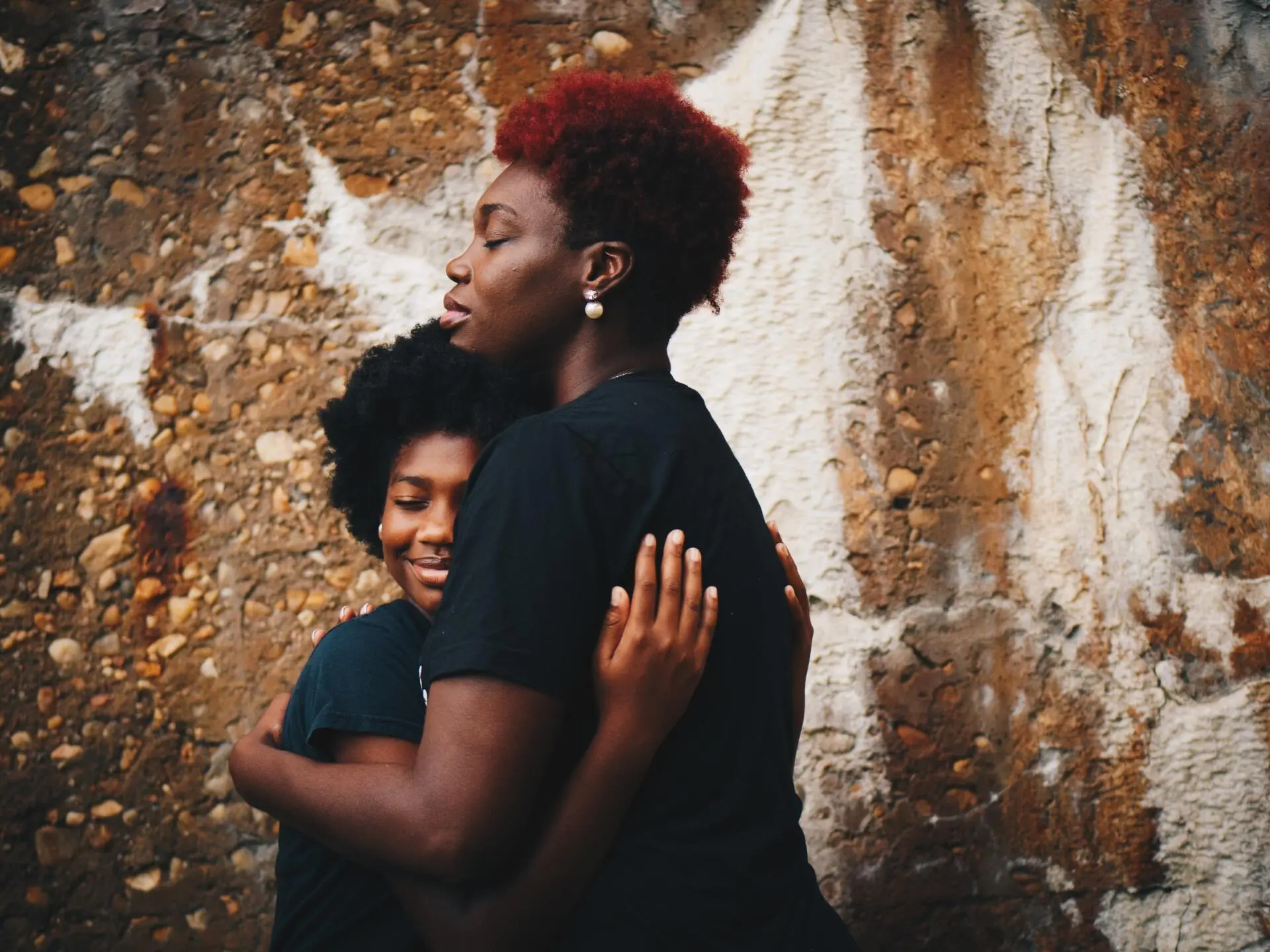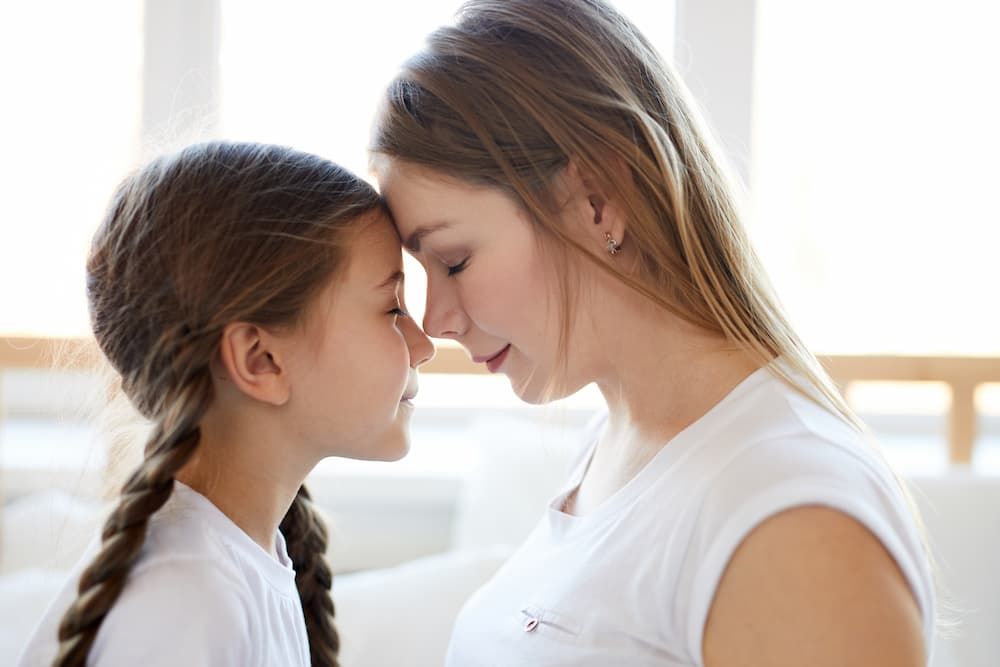Your child isn’t trying to give you a hard time…

We live in a world obsessed with behavior. Parents are told:
If your child is well-behaved, you’re succeeding. If not, you’re failing.
But here’s the truth…
Behavior is only the tip of the iceberg.
Beneath it lies a much richer story… the why behind our children’s actions.
Every challenging behavior (in kids or adults) has roots in feelings, needs, beliefs, and nervous system patterns. It carries the imprint of a whole life history, shaping how someone perceives and reacts to a moment.
When we stop at the surface and try to control behavior, we miss the chance to connect. We miss the chance to teach our children how to express what’s underneath in ways that help them feel seen, supported, and safe.

Reframe Challenges as Doorways
When your child struggles, try seeing the moment as an opening, not a threat.
Say to yourself:
“My child isn’t giving me a hard time; they’re having a hard time.”
Breathe. Then get curious about what’s happening below the surface. Become a compassionate scientist:
- What was happening just before this moment?
- What might my child be communicating through these words or actions?
- Are their basic needs met (sleep, food, rest, connection)?
- How can I support them right now?
Why It Works:
When we focus only on behavior, our instinct is judgment and control. The stories in our minds sound like:
- “Why would you do that?”
- “This isn’t appropriate—it needs to stop.”
These stories drive us to suppress and correct rather than connect.
But when we reframe challenges as opportunities, a new story arises:
- “This is a hard moment.”
- “How can I help?”
Curiosity and compassion guide us instead of shame or fear.
Through the Coach Lens:
As coaches, we know behavior is communication. When a child acts out, it’s not disrespect. It's a signal that something inside them needs attention.
When we attune to what lies beneath the behavior, we shift from controlling outcomes to building trust. We move away from fear, punishment, or shame, and into presence, compassion, and connection.
That’s where growth happens. And it’s how we model resilience and we show our children what it looks like to navigate big feelings, ask for help, and return to center.
This work takes time, patience, and deep courage. But every time you pause to look beneath the behavior, you choose a deeper kind of peace…
One rooted in connection, not control.
Share This Article:
Curious for more?














